The award-winning, school-based turtle headstarting program H.A.T.C.H turned 15 this year. To celebrate this milestone, we wanted to share about the history of how we got started headstarting turtles in schools, and stories from students and teachers who have participated in the program.
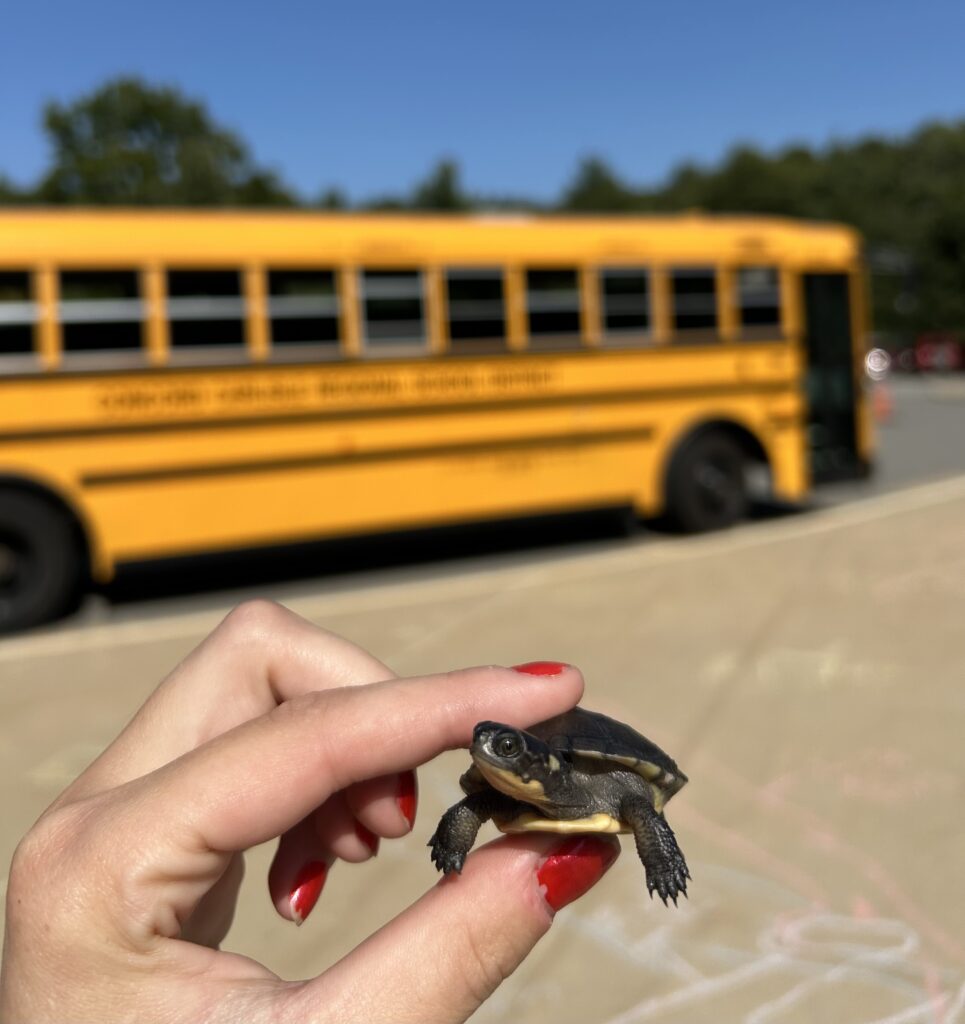
In the early 2000s, project founder Dr. Bryan Windmiller was studying a population of Blanding’s turtles at Great Meadows National Wildlife Refuge in Concord, Massachusetts. He and others, including John Berkholtz, then senior keeper at Stone Zoo, had determined that the Great Meadows Blanding’s turtle population had declined by more than 60% since an earlier study in 1973 and that nearly all the Blanding’s turtles at Great Meadows were older adults, many more than 50 years old. At the time, there were very few Blanding’s turtles less than 30 years of age in the population.
It was apparent that juveniles turtles were not surviving to adulthood, and without support the population would eventually die out. One way to help a turtle population in this situation is through headstarting: take hatchling turtles and grow them in a safe environment until they are bigger and stronger, so that when you let them go they are higher up on the food chain and more likely to survive.
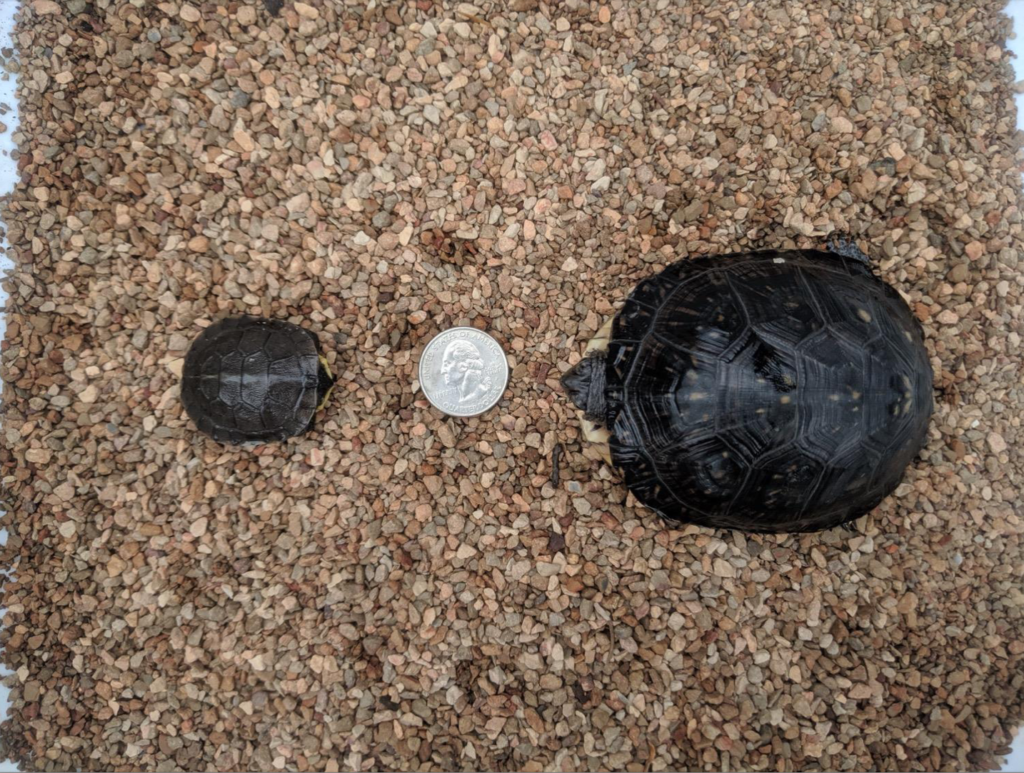
In 2007 and 2008, Dr. Windmiller and colleagues began headstarting hatchlings, but they were only able to headstart a small number of turtles at the Stone Zoo and the New England Aquarium. There just wasn’t enough space and staff capacity to raise enough turtles. Rather than build out a new facility or hire more staff, Dr. Windmiller had a novel idea: what if he recruited local schools to help? He started by approaching his daughter’s fourth grade teacher and other teachers in Concord and nearby towns. Thus began the school-based rare turtle headstarting effort that would eventually become Zoo New England’s H.A.T.C.H. program. Today, at least 30 Massachusetts K-12 schools participate in H.A.T.C.H. and over 20,000 students have participated in this hands-on, real-world conservation project that is restoring turtle populations across eastern Massachusetts – not just Blanding’s turtles, but also wood turtles, spotted turtles, and occasionally snapping turtles.
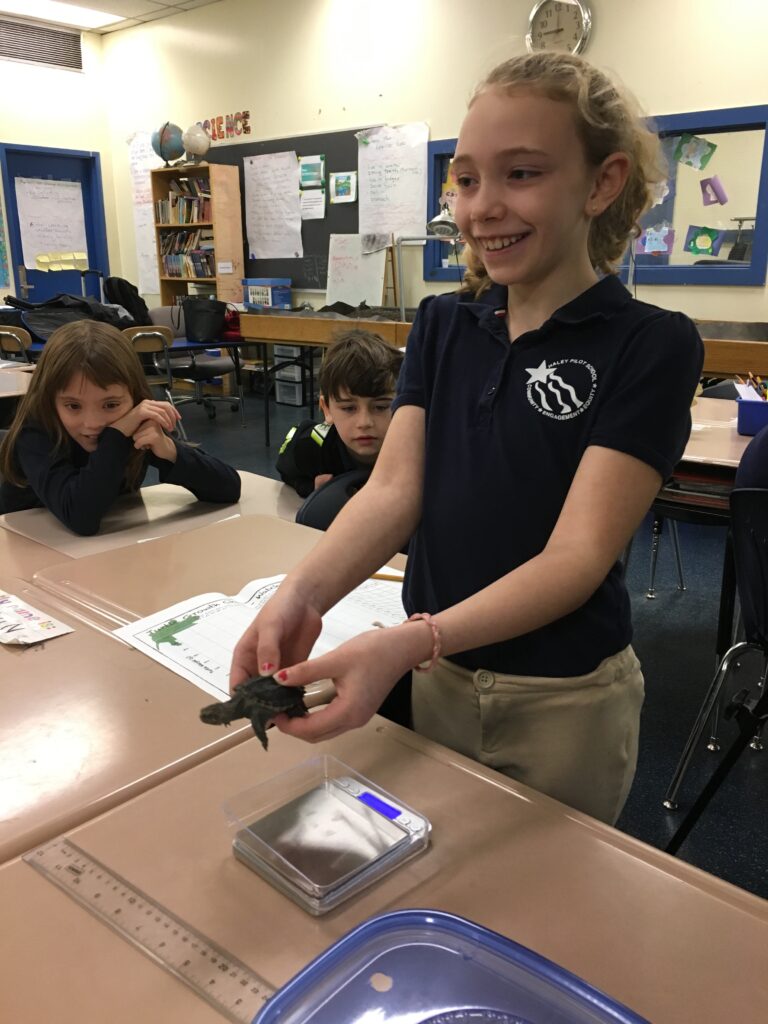
While in retrospect it might seem obvious to get the local community (especially kids!) involved in conserving the species that live around them, at the time it was a pretty revolutionary idea. Dr. Windmiller had to convince the state and federal wildlife agencies that it was a good idea to send these threatened turtles to schools, and document that, with the right training and support, kids and teachers could be just as effective at headstarting as trained animal care professionals.
So has it worked? Have kids helped to restore rare turtle populations? The answer is yes! Just this year, Zoo New England has published two papers documenting the success of the program: both the success of school-based headstarting1 (turns out kids do a great job raising turtles) and the successful restoration of the Great Meadows Blanding’s turtle population2.
One of the teachers who has participated in the program since that first year in 2009 is Susan Erickson, who noted: “Being a part of the HATCH program, both as a classroom teacher and a curriculum specialist has been one of the most important learning experiences I have had in my 25 year career. This work enables students to work as scientists and makes them aware that threatened species don’t just live in exotic spots in the world, but they live in our own backyards and that we need to take care of them.” Susan’s fourth grade class won second place in the National Disney Planet Challenge for their work with the endangered Blanding’s turtles back in 2011.
Another of our original teachers, Nancy Dillon, took the school’s passion for turtles to another level by initiating an annual school event called “Turtle Night”. At Turtle Night, all of the fourth grade students show off their very own turtle focused project, varying anywhere from a puppet show to origami turtles. Nancy asked her most recent class of fourth graders to share how they felt about raising the turtle and being a part of the headstarting program.
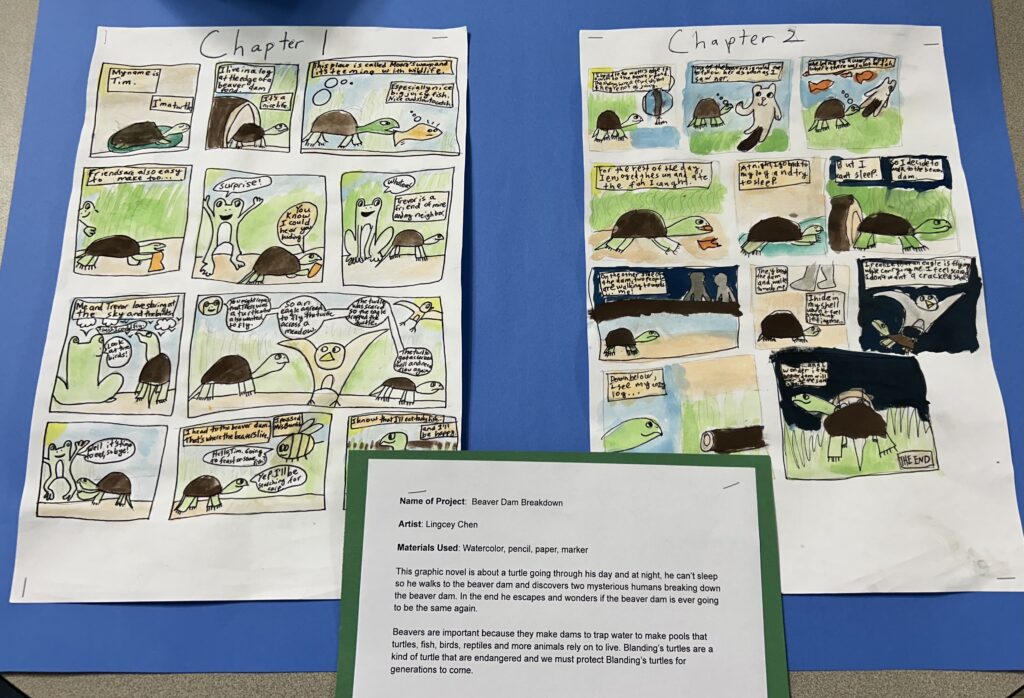
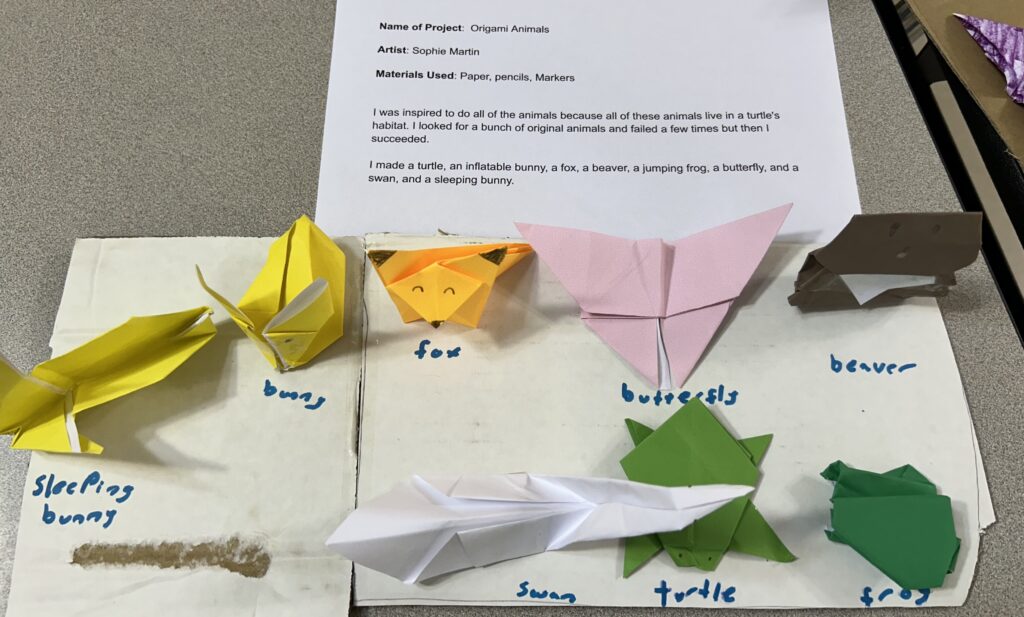

“It felt really cool raising Blanding’s turtles and it made me proud seeing them all grown up.” -Russell
“It was cool raising them and giving them a head start and a better chance of surviving in the wild.” -Conor
“It felt great! I love the experience. Letting them go was bittersweet but the time I had with them was marvelous.” -Rosalie
“I loved raising Blanding’s turtles. It was an amazing experience and I surely want to do it again. My favorite part was being able to actually touch the turtles and put them into the tank. I loved observing Pebbles and Kiwi. It felt sad to let them go, but I am happy to make them be wild.” -Saanvi
Nancy herself shared “A heartwarming story for us at Thoreau was we had a Haitian child in the kindergarten who spoke no English in the fall. He was having a rough day in the fall one day so I invited him to meet the turtles. It was love at first sight. He stopped by all the time throughout the year to feed them and soon learned to speak a little English to them. He would come in the room happily announcing ‘Turtles, Turtles!‘”
Love the HATCH program? Help us provide free or low-cost programming in underserved schools in Boston and Lowell by sending a donation to ZNE. Just write in “HATCH” in the memo.
- Wilder, E.R., McElroy, C.L, Kamm, M.D., Windmiller, B. 2024. Schools as Conservation Partners: Lessons Learned from over a Decade of Headstarting Turtles. Northeastern Naturalist, 31(Special Issue 12):E43–E58. ↩︎
- McElroy, C.L, Windmiller, B., Berkholtz, J., Wilder, E., Welch, J., Shoemaker, K., Kamm, M.D. 2024. Recovery of a Blanding’s Turtle Population Through Nest Protection and Headstarting. Northeastern Naturalist, 31(Special Issue 12):E25–E42 ↩︎
